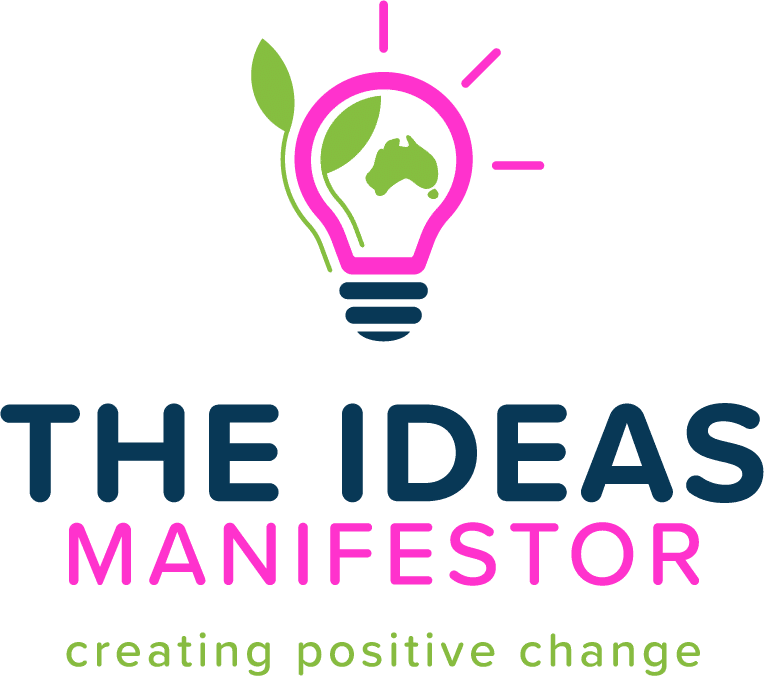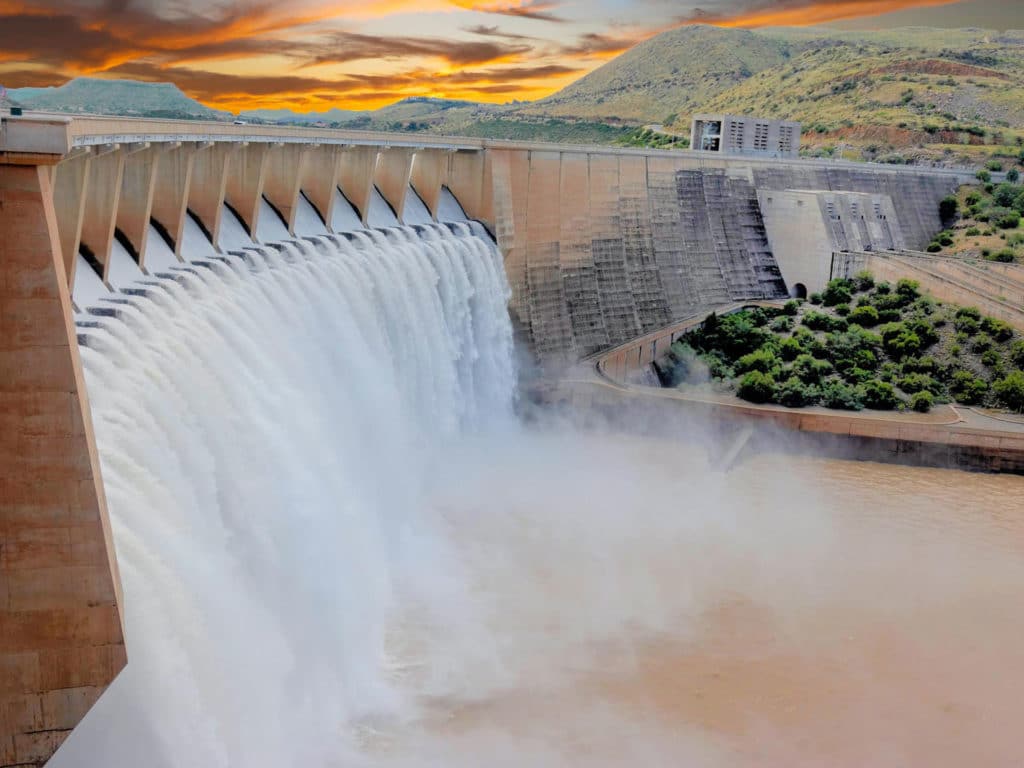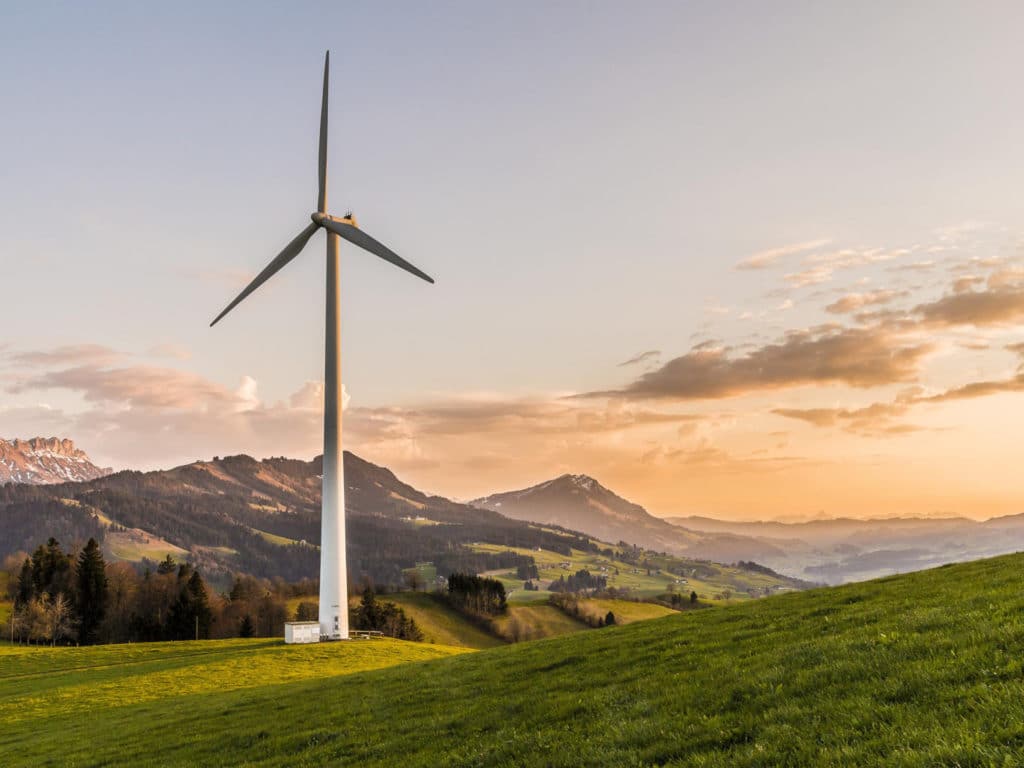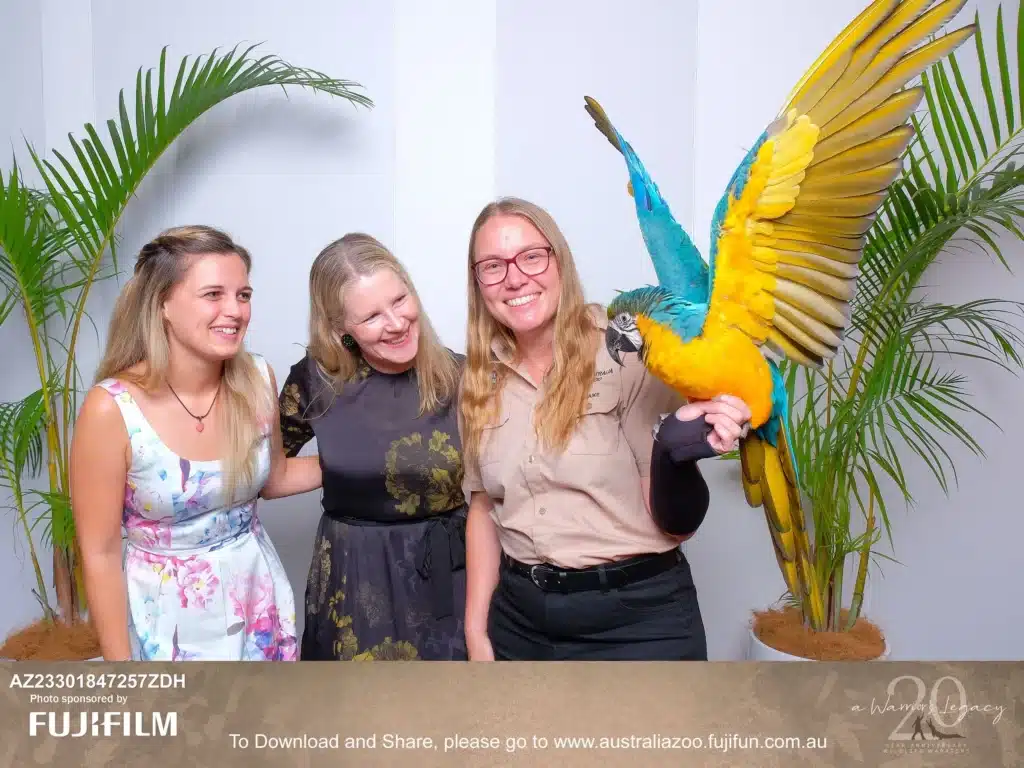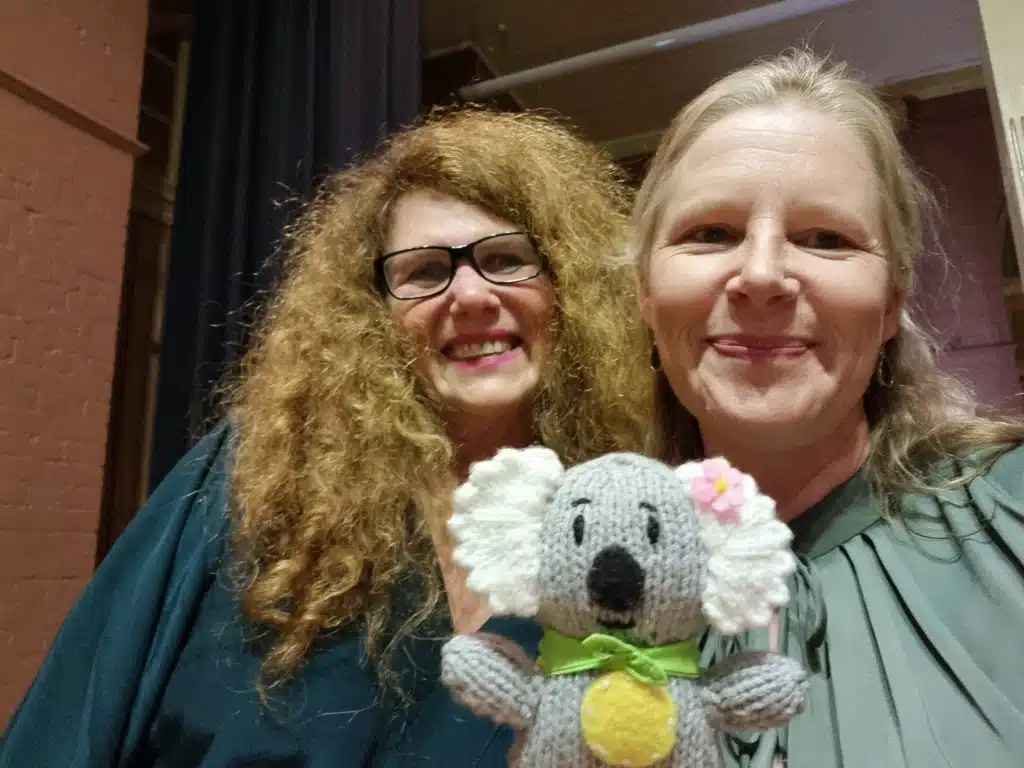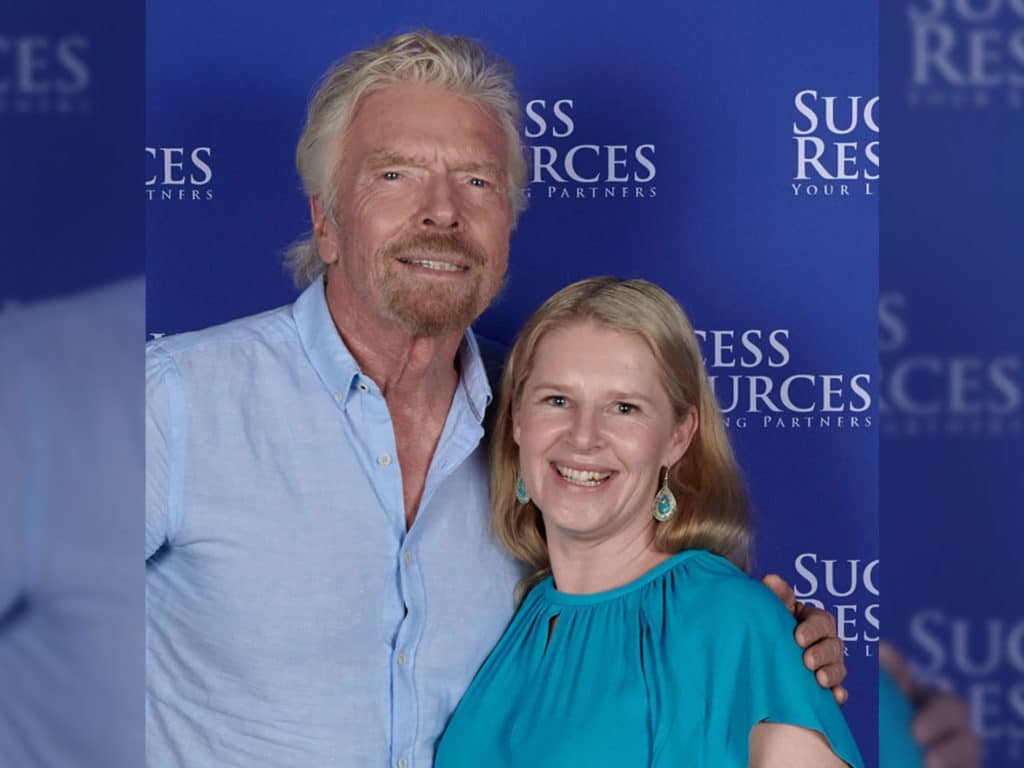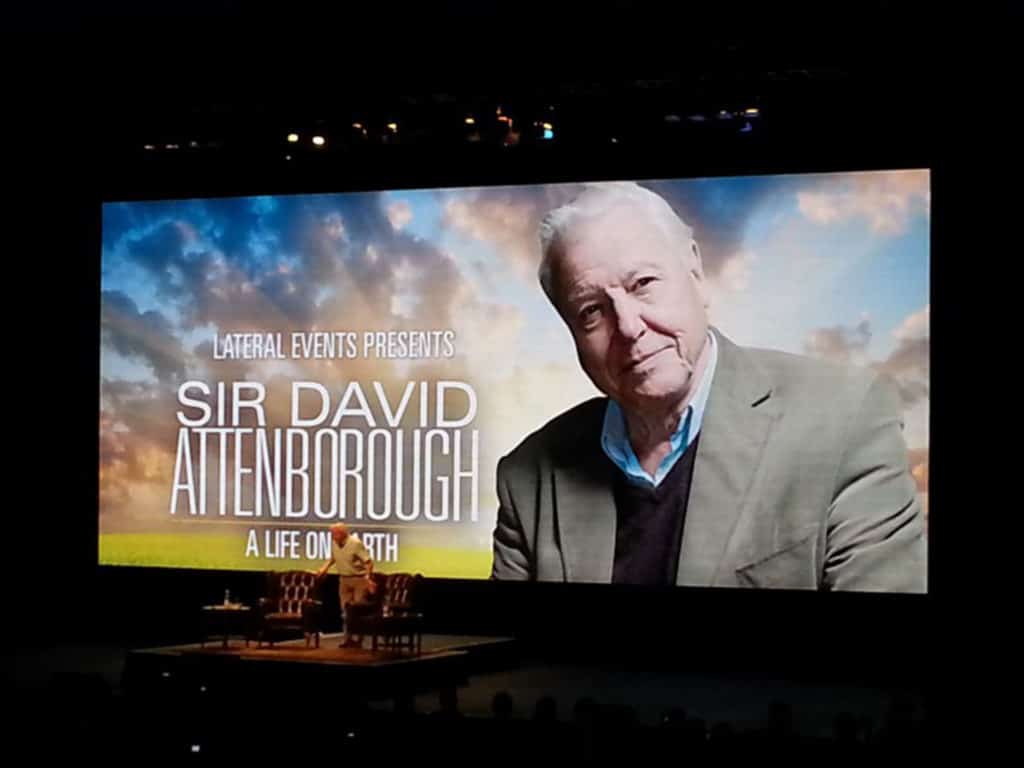There is a real push to find new and also improve on existing green power / electricity technology, which is moving ahead at a cracking pace! Even existing fossil fuel leaders and companies are thankfully starting to see potential and earning capacity in these growing ventures.
When it comes to power generation we have many different options that have been around for some time, and new ones always sprouting! Below are some of our most popular current sources:
Hydro – ‘Hydropower is power derived from the energy of falling or fast-running water1’ (predominantly through dams and rivers) through turbines into generators. ‘The Greeks used water wheels for grinding wheat into flour more than 2,000 years ago2′. Hydro power is currently the most popular green power in the world.
Wind – ‘is the use of wind to provide the mechanical power through wind turbines to turn electric generators and traditionally to do other work, like milling or pumping3’. Early forms of wind power were used by the ‘Persians in A.D. 500-900 and by the Chinese in A.D. 12004’. Wind power is massively increasing as a leading renewable power source, especially in Europe both in on-shore as well as off-shore operations. Wind power is currently the second most popular green power in the world.
Solar –’is the conversion of energy from sunlight into electricity, either directly using photovoltaics, indirectly using concentrated solar power, or a combination. Concentrated solar power systems use lenses or mirrors and solar tracking systems to focus a large area of sunlight into a small beam5’. Solar power is currently the third most popular green power in the world. Australia has an ever growing market, and with the recent instigation of the ‘$22 billion plan to build the world’s largest solar farm with a 10-gigawatt capacity covering 15,000 hectares near Tennant Creek in the NT, and a 22GW-hour storage plant6’ to supply to the local and Singaporean market this is a huge leap forward! The project is spearheaded by Australian billionaires Mike and Annie Cannon-Brookes and Andrew “Twiggy” Forrest, amongst others.
Geothermal – ‘Geothermal energy is heat from the Earth. It is a renewable energy source with multiple applications including heating, drying and electricity generation7’. Besides the Romans, Greeks, Italians, Chinese and other civilizations using geothermal springs for bathing then underfloor heating (as far back as first century AD), it wasn’t until 4 July 1904 that Italian ‘Prince Piero Ginori Conti tested the first geothermal power generator. It was successful and later, in 1911 the world’s first commercial geothermal power plant was built8’ in Larderello, Italy. Geothermal power also offers more reliability compared to hydro, wind and solar.
Bioenergy – ‘falls into two main categories: “traditional” and “modern”. Traditional use refers to the combustion of biomass in such forms as wood, animal waste and traditional charcoal9’ to produce heat. ‘Modern biomass is typically derived from wastewater, municipal waste and waste streams from the agricultural, forestry and industrial sectors to produce heat, electricity, biogas and liquid fuels10’.
Tidal – Harnessing the power of the tide was originally used in the Middle ages and Roman times to mill grain, and in 1966 the worlds first large-scale tidal power plant called Rance Tidal Power Station opened in France. With recent improvements in design of ‘dynamic tidal power’ as well as ‘tidal lagoons’ and turbine technology (e.g. new axial turbines and cross-flow turbines) this sector has massive benefits for low cost power. Another added benefit is the ongoing consistency of power generation as tides cycles are continuous and predictable.
Wave Power – ‘Wave power is the capture of energy of wind waves to do useful work – for example, electricity generation, water desalination, or pumping water. A machine that exploits wave power is a wave energy converter (WEC). In 2000 the world’s first commercial Wave Power Device, the Islay LIMPET was installed on the coast of Islay in Scotland and connected to the National Grid. In 2008, the first experimental multi-generator wave farm was opened in Portugal at the Aguçadoura Wave Park11’.
There are also other current green power industries in operation and more on the way. Check out the Post Creating Power – Emerging Green Power Options!
Credits:
1 https://en.wikipedia.org/wiki/Hydropower
2 https://www.energy.gov/eere/water/history-hydropower
3 https://en.wikipedia.org/wiki/Wind_power
4 http://www.thirdplanetwind.com/energy/history.aspx
5 https://en.wikipedia.org/wiki/Solar_power
7 https://arena.gov.au/renewable-energy/geothermal/
8 https://sites.lafayette.edu/egrs352-sp14-geothermal/general-information/history/
9 https://www.irena.org/Search?keywords=bioenergy
10 https://arena.gov.au/renewable-energy/bioenergy/
11 https://en.wikipedia.org/wiki/Wave_power
https://en.wikipedia.org/wiki/Tidal_power
https://ourworldindata.org/renewable-energy
PEXELS XXX
